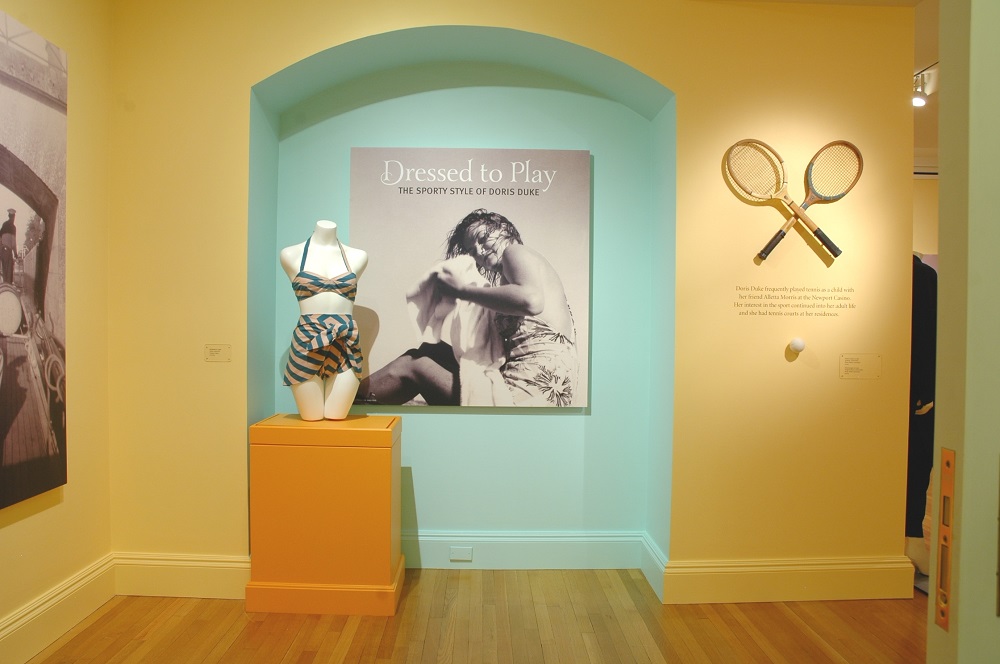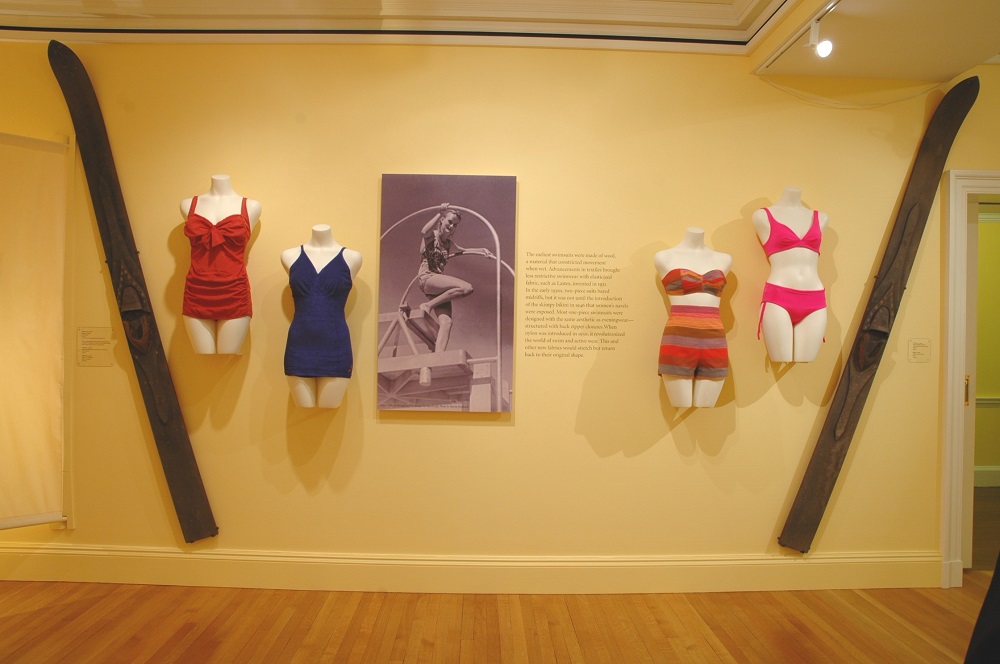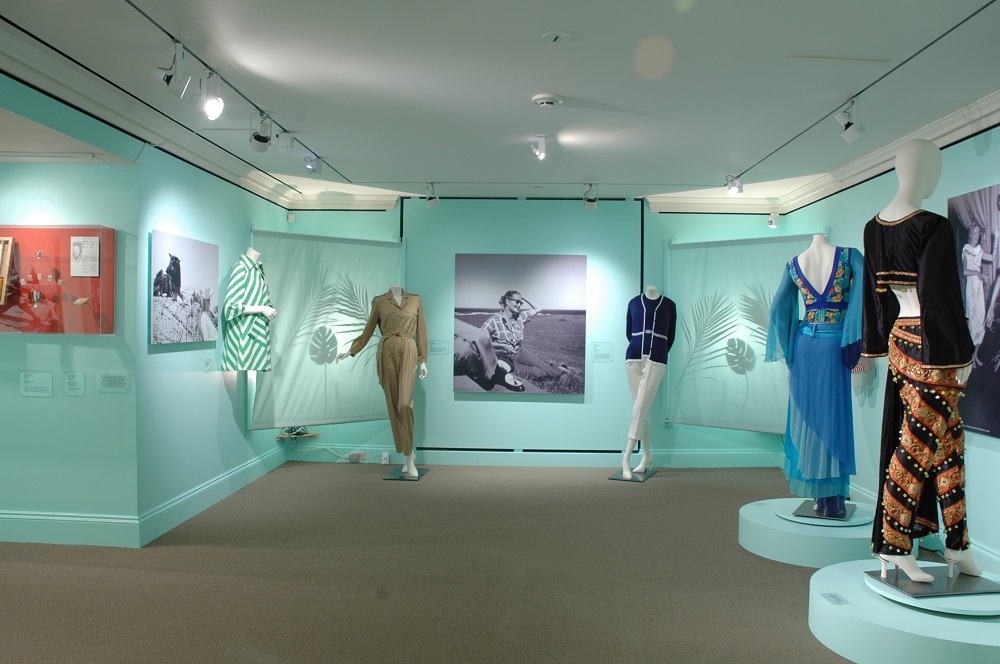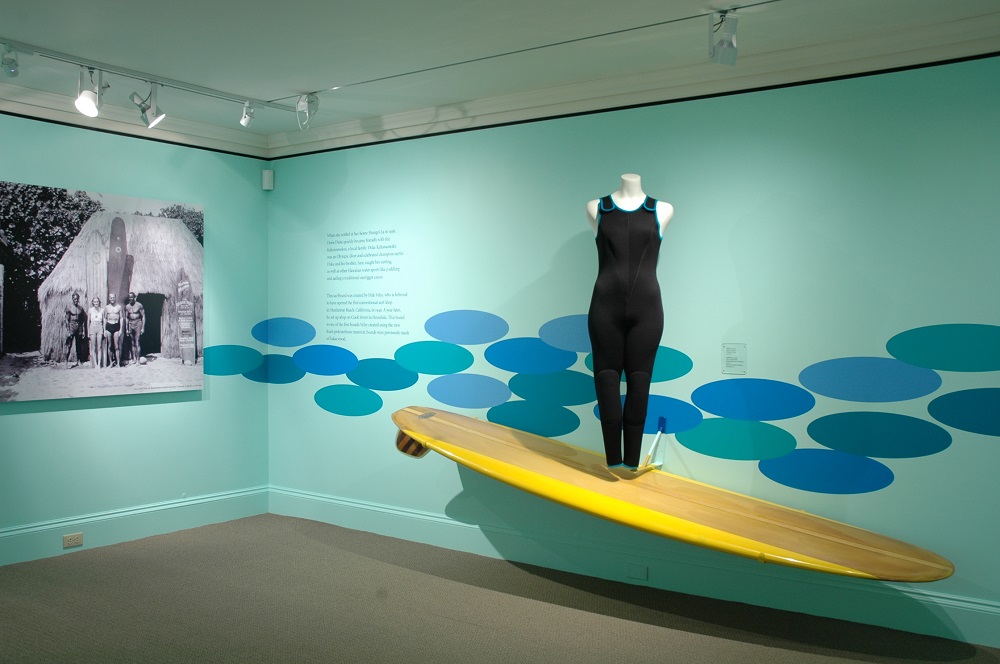The Sporty Style of Doris Duke
From the beach to the bowling alley, from surfing to skiing, Doris Duke was a woman who loved to play. The 2011 exhibition, explored the athletic side of her personality and her activity-filled lifestyle. A selection of the exhibited fashion and objects, from the 1940s to the 1970s, are shown here.
Dressed to Play






